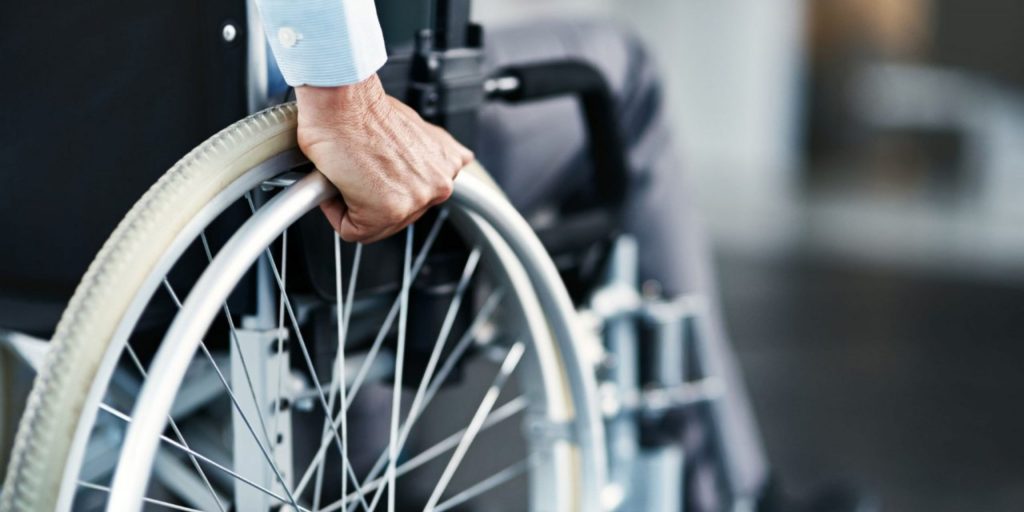
For this Q&A, TeleTracking sat down with Graham Kendall, Director of the Digital Healthcare Council, to discuss the Council’s thoughts on digital health innovators and its strategy to support NHS Trusts in meeting the challenges facing the healthcare sector as a result of the COVID-19 pandemic.
What is the Digital Healthcare Council and why was it set up?
The Digital Healthcare Council (DHC) was set up in 2017 to promote a greater understanding of digital healthcare and the essential role it plays in solving many of the challenges facing the NHS and the wider health sector.
Our members are industry leaders spanning the breadth of digital healthcare, delivering care directly to patients through a partnership model. Our collective vision is to create a digitally-enabled health ecosystem that works for both patients and healthcare professionals. That means being a key part of the solution to the most profound challenges facing healthcare right now, including tackling the elective backlog, making the most of existing capacity, integrating care across different providers and widening access to care.
Ultimately, our collective mission is to transform patient care with the assistance of technology; keeping people healthier for longer, making the most of clinicians’ expertise and saving money for the UK taxpayer. We also want to influence the wider stakeholder community, including the Government on the benefits of a future-proofed, digitally-led, healthcare system.
What are the main challenges the DHC is looking to overcome?
Our health and social care system has evolved over many years. While many of the institutions and practices that have developed made sense in their original context, it leaves us with an infrastructure and approach that is often shaped around an analogue age. Its processes and policies could be improved to become more efficient and deliver a better patient experience. While there are organisations looking at the role of technology within pockets of healthcare and others looking at how we can improve our healthcare system operationally, the Digital Healthcare Council’s role is to identify how to bring the two together to create positive changes that translate into tangible outcomes.
It’s about building insights and leveraging data to optimise every decision to get the best outcome possible. We have many behavioural and institutional blocks to navigate as the NHS has an incredibly complex infrastructure. This includes winning the hearts and minds of the medical community while helping them adopt new ways of working. We also need to address more technical details. For example, the DHC is looking at how we can help improve the NHS’ operational and procurement approaches to focus on solutions that deliver measurable and sustainable results for patients, staff and the sector at large. Our role is to get buy-in and create a positive case for change.
How has Covid-19 impacted the DHC’s plans?
The pandemic has caused catastrophic disruption over the past 18 months and this has resulted in severe pressure on every aspect of our health service and the staff within it. We already have a record official waiting list that exceeds 5.8m people, and that doesn’t include the hidden waiting list of up to 7.7m people who we would have expected to have joined the waiting list since the beginning of 2020 but for a variety of reasons have not been referred. These pressures, coupled with limited funding and a depleted workforce, have increased the urgency with which we need to meet our objectives. It has made us even more determined to find solutions that translate into tangible benefits.
Digital health solutions are essential to both fight this ongoing pandemic and to create a sustainable future. If we are to change how we provide care, we need to address the challenges that will accompany the development and implementation of new digital health solutions.
Although the public has been very supportive of the NHS in the wake of Covid, we have seen the development of an inaccurate and unhelpful narrative from some of the national media, for example, around remote consultation and triage. Listen to certain media outlets, and you’d imagine we’re all harking back to a supposed golden age when a routine GP appointment meant taking half a day off work to sit in an overcrowded waiting room full of coughs and sneezes.
By contrast, the evidence shows that time between booking and appointments has been shortened significantly as we’ve adopted digital triaging, and that, when given a choice of different channels, patients only choose traditional face-to-face appointments around 10% of the time. We absolutely have to get the balance right between face-to-face and remote care, and a key part of that is understanding that digital appointments, together with all the optimisation that underpins them, also frees capacity. We can then provide timely, face-to-face consultations, when and where they are needed, along with more rapid referrals into secondary care.
As the newest member of the Digital Healthcare Council, TeleTracking brings decades of working within the complex infrastructure of the NHS and international healthcare systems, how do you intend to put this knowledge to good use?
With over 1,200 clients, TeleTracking has worked with hospitals and health systems around the world to improve quality of care whilst generating savings for hospitals and health systems. They really understand the operational challenges facing hospitals, specifically around patient flow, workforce productivity and bed management. There have been over two million fewer elective admissions since 2020 than we would have expected, so to get the service back to pre-pandemic levels, proven solutions need to be put in place that address how hospitals can deliver the most efficient and effective care with current resources. TeleTracking’s technology has the ability to move patients around a hospital efficiently and seamlessly by creating shared visibility to beds, resources and staff. This means that the patient is getting the right bed with the right resources and equipment and staff needed to deliver the most efficient and effective care.
TeleTracking’s partnership with the DHC revolves around understanding that the concept of ‘lost bed time’ means we can first identify lost capacity and then crucially develop the capability to provide a solution to actively convert lost capacity back into time to care. This is done by a real-time view of beds within a hospital and automating certain staff workflows and resources around the patient and bed.
Furthermore, the DHC was impressed by TeleTracking’s concept of a centralised ‘command centre.’ Currently TeleTracking has four of these Centres across the United Kingdom, including The Royal Wolverhampton NHS Trust, Countess of Chester Hospital NHS Foundation Trust, Mid and South Essex NHS Foundation Trust and Maidstone and Tunbridge Wells NHS Trust. These centres of excellence allow decision makers to sit together in front of real-time data, enabling them to make informed decisions on patient flow and bed management across a hospital or health system. Similar to air traffic control at airports, this model has been adopted by over 100 hospitals and health systems across the US, UK and Canada and has proven critical to patient management and staff safety throughout the COVID pandemic.
The company’s work with Maidstone and Tunbridge Wells NHS Trust (MTW) is a great example of how people, process and technology have come together to deliver measurable outcomes. MTW’s Co-Ordination Centre now manages every element of patient flow through the hospital, reducing ED times by 110 hours a day; halving bed turnaround times from 150 minutes to 60 minutes on average and reducing the time it takes to move a patient from ED to a clean, ready bed from 1.5 hours to 27 minutes. You can imagine the tangible benefits this has delivered to the Trust’s two hospital sites.
We certainly have a lot of work ahead of us and a major focus is to encourage the Government and hospital executives to consider the concept of ‘lost bed time’ as an operational metric rather than just focusing on ED times. This metric provides insight into a valuable commodity already available within the hospital that, with improved operational effectiveness, could be utilised almost immediately. That would really shine a spotlight on the issue and I believe would be a great start to addressing the patient backlog.











